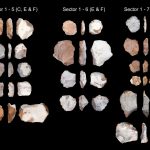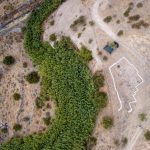Butchered bones from the Early Bronze Age site of Charterhouse Warren suggest violent ‘othering’ of enemies in Bronze Age Britain
- Analysis of the remains of at least 37 individuals from Early Bronze Age England finds they were killed, butchered, and probably consumed before being thrown down a 15m-deep shaft.
- It is the largest-scale example of interpersonal violence from British prehistory.
- The treatment of the remains was likely a means to dehumanise or ‘other’ the victims.
- This massacre was probably revenge for a perceived offense, implying a cycle of violence and questioning the idea that Early Bronze Age Britain was relatively peaceful.
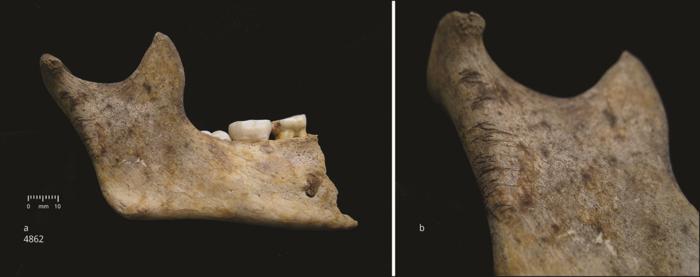
Archaeologists have analysed over 3000 human bones and bone fragments from the Early Bronze Age site of Charterhouse Warren, England, concluding that the people were massacred, butchered, and likely partly consumed by enemies as a means to dehumanise them.
There have been hundreds of human skeletons found in Britain dating between c.2500-1500 cal. BC, however direct evidence for violent conflict is rare.
“We actually find more evidence for injuries to skeletons dating to the Neolithic period in Britain than the Early Bronze Age, so Charterhouse Warren stands out as something very unusual”, states lead author of the research, Professor Rick Schulting from the University of Oxford. “It paints a considerably darker picture of the period than many would have expected.”
In the 1970s, the scattered bones of at least 37 individuals were discovered in a 15m-deep shaft at Charterhouse Warren, Somerset. They were a mix of men, women, and children, suggesting the assemblage was representative of a community.
Unlike most contemporary burials, the skulls display evidence of violent death from blunt force trauma. To uncover the mystery of what happened to these people, researchers from several European institutions analysed the bones. Their results are published in the journal Antiquity.
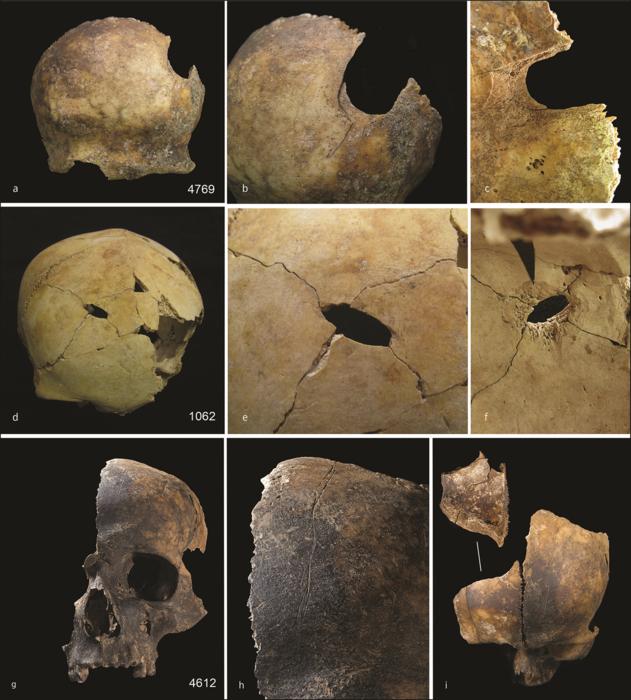
The researchers found numerous cutmarks and perimortem fractures (made around the time of death) on the bones, suggesting that they were intentionally butchered and may have been partly consumed. But why would people in Early Bronze Age Britain cannibalise the dead?
At the nearby Palaeolithic site of Gough’s Cave in Cheddar Gorge, cannibalism was likely a form of funerary ritual. Charterhouse Warren is different, however. Evidence for violent death, with no indication of a fight, implies the victims were taken by surprise. It is probable they were all massacred, and the butchery was carried out by their enemies.
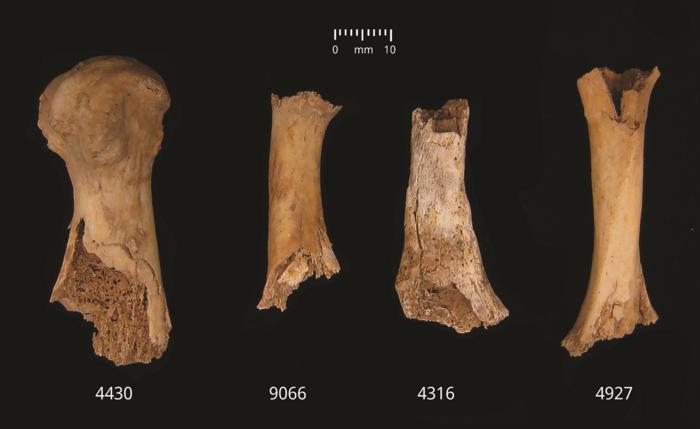
Were they killed for food? This is unlikely. There were abundant cattle bones found mixed in with the human ones, suggesting the people at Charterhouse Warren had plenty to eat without needing to resort to cannibalism.
Instead, cannibalism may have been a way to ‘other’ the deceased. By eating their flesh and mixing the bones in with faunal remains, the killers were likening their enemies to animals, thereby dehumanising them.
What events led to this dramatic act of violence? Resource competition and climate change don’t seem to have exacerbated conflict in Britain at this time, and there is currently no genetic evidence to suggest the co-existence of communities with different ancestries that could have resulted in ethnic conflict.
This suggests that the conflict was caused by social factors. Perhaps theft or insults led to tensions, which escalated out of proportion. Evidence for infection with plague in the teeth of two children indicates disease may have also exacerbated tensions.
“The finding of evidence of the plague in previous research by colleagues from The Francis Crick Institute was completely unexpected”, says Professor Schulting. “We’re still unsure whether, and if so how, this is related to the violence at the site”.
Ultimately, the findings paint a picture of a prehistoric people for whom perceived slights and cycles of revenge could result in disproportionally violent actions. This situation is, unfortunately, familiar from more recent times.
“Charterhouse Warren is one of those rare archaeological sites that challenges the way we think about the past”, Professor Schulting concludes. “It is a stark reminder that people in prehistory could match more recent atrocities and shines a light on a dark side of human behaviour. That it is unlikely to have been a one-off event makes it even more important that its story is told.”
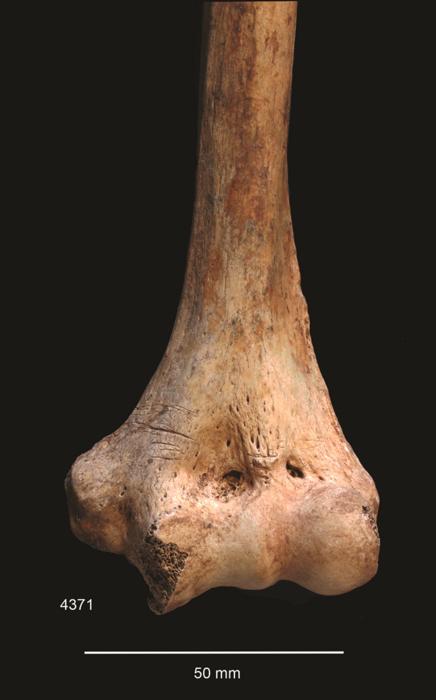
Bibliographic information:
Rick J. Schulting, Teresa Fernández-Crespo, Javier Ordoño, Fiona Brock, Ashleigh Kellow, Christophe Snoeck, Ian R. Cartwright, David Walker, Louise Loe & Tony Audsley, ‘The darker angels of our nature’: assemblage of butchered Early Bronze Age human remains from Charterhouse Warren, Somerset, UK – Antiquity. Published online 2024:1-17, DOI: https://doi.org/10.15184/aqy.2024.180
Press release from the University of Oxford.

